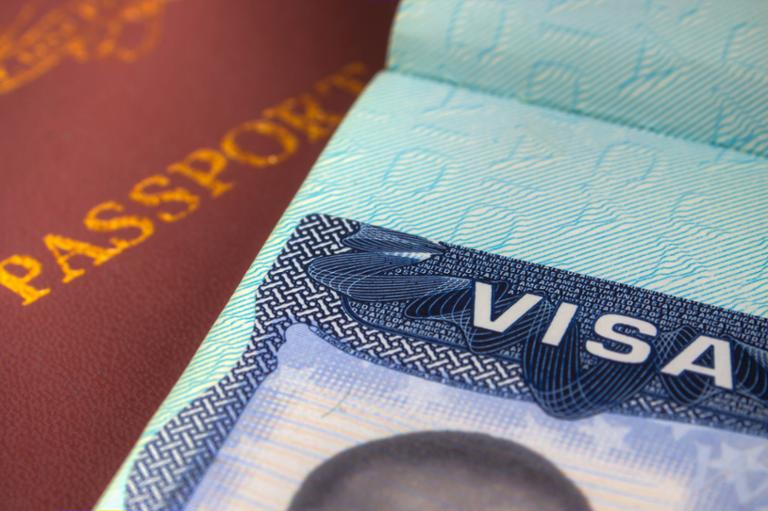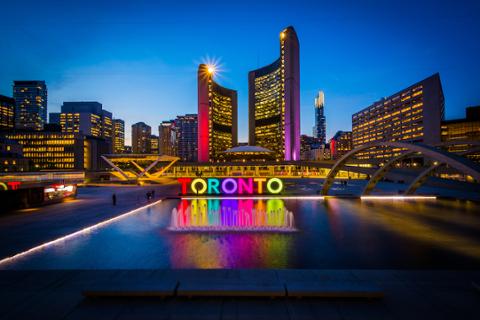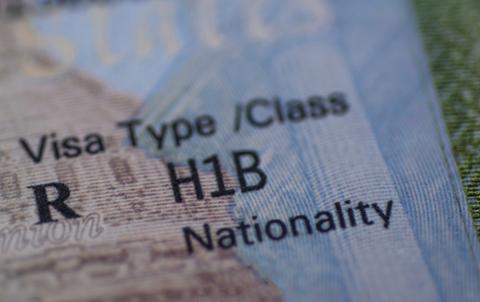After years of steadily rising, the denial rate for H-1B visa applications seems to have leveled off in fiscal year 2020, according to a new analysis by the National Foundation for American Policy (NFAP). However, the denial rate still remains higher than it did before Trump became president, with some tech companies and business-consulting firms facing major headwinds in their attempts to secure H-1B workers.
In its latest report (PDF), the NFAP states that the reason for the flattened-out denial rate comes down to how H-1B visas are processed, and that something similar happened in fiscal-year 2019, as well. “The denial rate was lower for H- 1B petitions adjudicated in the third quarter (April, May and June) of both years because those are primarily petitions selected in the annual lottery that U.S. Citizenship and Services (USCIS) considers easiest to approve, with other petitions delayed due to Requests for Evidence (RFEs) or other reasons,” the group wrote.
“Analyzing data through the third quarter of FY 2020 finds nearly all top companies continue to be denied at higher rates than in the years before Donald Trump became president and instituted more restrictive H-1B policies,” the report added.
The following chart shows the long-term impact of those policies on the denial rate for initial H-1B petitions; keep in mind, again, that FY 2020 data is through the third quarter of the year. (NFAP draws all of its data from the USCIS H-1B Employer Data Hub.)
As we’ve seen over several years, the companies taking the biggest hit from Trump’s H-1B policies are the business-services and consulting firms that are routinely accused of improperly using the visa to secure cheaper talent from overseas. “The data indicate USCIS established a different standard for deciding cases for companies that provide information technology (IT) services,” stated the NFAP report. “Immigration law does not have a different standard for adjudications based on the type of firm or the location where work will be performed.”
Biden and H-1B
Over the past four years, the Trump administration has initiated a number of policies designed to curb H-1B abuse, from trying to end the H-4 EAD (which gives spouses of H-1B holders the right to work in the U.S.) to instituting an outright temporary ban on the visa.
As Trump’s term reached its close, the administration finally launched a Department of Labor (DOL) Interim Final Rule designed to reform the H-1B system from the ground up, including a stricter application review.
But with the Biden administration inbound, it’s an open question whether Trump’s attempts at reform will survive, especially since Biden has pledged to undo many of Trump’s actions. During the presidential campaign season, Biden’s website suggested that he would “increase the number of visas offered for permanent, work-based immigration based on macroeconomic conditions” but that he would also “protect wages and workers.” How that will translate into policy is still unclear at this juncture.



